Meet the Line-Up | Innovation & Impacts Workshop
Back by popular demand, the Innovation and Impacts workshop is another opportunity to find out more about the latest innovations, ideas and technology to implement into your project. In this session, the audience get the opportunity to lift the lid on these new ideas and ask detailed questions as they break away into workshops to learn more about the innovations of most interest to them.
Learn more about the 8 experts showcasing their latest innovations at #ISCACONNECT.
Sponsored and chaired by Jacobs.

Jason Nairn – Lendlease
Innovation: Recycled Crushed Glass in Concrete Pavements Undertaken by the Woolgoolga to Ballina Pacific Highway upgrade
Jason is a Materials Engineering professional with a passion for the supply and management of construction materials for the building, civil and infrastructure construction industries. He has over twenty years’ experience as a Technical Manager in the construction materials industry having worked across all aspects of this industry from as a supplier, a customer, a consultant and a contractor. His skills include design, production, selection and use of a range of construction materials in a range of applications including heavy manufacturing, building and infrastructure. In particular, he has extensive experience in concrete mix design, manufacture and supply of in-situ, precast and pre-stressed concrete.
Nicole Neal – Cardno
Innovation: The Opportunity for Sustainability Analytics in the Federated Model (BIM) 6th Dimension (6D) for Infrastructure Projects in Australia
Nicole is the Asia Pacific Region Environment & Sustainability Director at global infrastructure, environmental and social development company Cardno. She is an environmental management and sustainability professional with over 17 years’ experience in environmental and sustainability consulting and construction management.
Nicole’s professional expertise encompasses construction and infrastructure sustainability with her experience lying strongly in environmental and sustainability management associated with major civil infrastructure across Australia, New Zealand, the UK, Italy and Africa. In 2016 she was also a lead author of ISCA’s Developing a Business Case for Sustainability Initiatives in Infrastructure: A “How To” Guide.
She plays active roles in industry associations, and current and recent past affiliations include the newly formed ISCA Victorian Working Group as Co-chair, ISCA Contractor’s Working Group (of which she was Co-Chair), ISCA Materials Advisory Group, United Nations Global Compact Network Australia, Australian Constructor’s Association (ACA) Sustainability Working Party, and Civil Contractors Federation (VIC) Environmental Management Committee. She is also a former Vice President of the Environmental Institute of Australia and New Zealand (EIANZ) Victoria Division.
Scott Brusaw – Solar Roadways
Innovation: Solar Roadways: Intelligent Sustainable Infrastructure
Scott Brusaw is the co-founder and inventor of Solar Roadways, along with his wife Julie Brusaw. He is an electrical engineer with 30 years of industry design experience. He creates hardware, firmware, and software, and has designed entire product lines from start to finish.
He has taken Solar Roadways from concept to product and has just completed the newest model SR4, which will soon be available to the public. He has just completed the company’s third US Department Of Transportation contract and is now helping manufacturers gear up for mass production to meet world- wide demand for Solar Roadways.
Keith Allilomou – Downer
Innovation: Smoother Roads Delivering Fuel Savings
Keith Allilomou is an Engineering Manager at Downer. Keith provides leadership, specialist technical knowledge and project management for Downer’s new ‘Reconomy’ division, using the latest in innovation and engineering technology to maximise repurposing and landfill diversion on an industrial scale.
Beyond delivery of physical projects and upgrades, he also works to identify and leverage new market opportunities for the Reconomy business, from Strategy and Market Analysis through to development of Business Cases and CAPEX proposals.
Previously, Keith managed energy efficiency, procurement, and general business improvement projects across Downers national Roads business, and is still heavily involved with the national production team.
David Bell – Infrabuild
Innovation: InfraBuild’s Journey To Making Sustainable Steel
David Bell is currently the Construction Market Manager for InfraBuild Steel, based in Sydney.Working within the Market Development & Innovation Team, his national role is focussed on developing and deploying innovative steel solutions for the Australian construction and infrastructure markets.
This includes working with project teams to deliver steel outcomes for specific projects as well as the development and deployment of long term initiatives around innovation, sustainability, insight and product solutions.
David graduated from the University of Melbourne with a Bachelor of Civil/Structural Engineering (Honours) degree and is a current ISAP (Infrastructure Sustainability Accredited Professional) to ISv2.0.
Vanessa McGrath – Jacobs
Innovation: Realising Net Zero Carbon Emissions
Vanessa started her careers as a building services engineer working. In 2010 she was awarded a scholarship to study her masters degree across three European universities. This experience ignited her passion for creating a more sustainable world.
After running sustainability workshops with SMEs in Sweden, Vanessa moved to New Zealand to work for the NZGBC (New Zealand Green Building Council) and the New Zealand central government to introduce NABERS, to the Kiwi market. After managing and teaching NABERSNZ for two years, Vanessa became the Manager of Rating tools at NZGBC and oversaw both the technical and certification processes of Green Star NZ, NABERSNZ and Homestar. Since returning to Australia Vanessa has been working for part time for Jacobs as the Sustainable Building Lead and managing a cattle and sheep farm.
Thirukumaran Jallendran – Norman Disney & Young
Innovation: Towards Low Carbon Concrete
Thiru is Norman Disney &Young (NDY)’s Sustainability Lead for New South Wales (NSW) and is responsible for enhancing NDY’s sustainability presence in the Sydney/NSW market. Thiru has overall responsibility for the NSW team performance and reports directly to NDY’s Global Sustainability Group Leader.
Thiru has a comprehensive understanding of sustainability principles, strategies and implementation across a diverse range of applications. He has worked with consultant, project management, development and construction companies in Australia as well as Internationally in educational, commercial, residential, healthcare, retail and infrastructure sectors. Thiru has in-depth experience in structural design, field supervision, design coordination, project management, sustainability delivery as well as advocacy. He is well-networked within the professional, industrial and sustainability groups in Australia and Asia. Thiru has managed the successful delivery of sustainability ratings and outcomes on state-significant infrastructure projects such as the WestConnex M4 East and the Sydney Metro Northwest. Thiru is an Infrastructure Sustainability Accredited Professional.
Hans Fuchs – Holcim
Innovation: Towards Low Carbon Concrete
Hans Fuchs has been in the construction materials industry of supplying ready-mixed concrete, aggregates and asphalt for over 30 years. He moved away from his home in the UK in 2000 to work in Asia. Since then Hans has held the roles of Managing Director and CEO as he moved through Asia starting in India in 2000, Thailand in 2003, Indonesia in 2004 and India again in 2008. Hans moved to Australia at the start of 2013 and has been working with Holcim Australia as their Executive General Manager of Ready-mix Concrete.
TICKETS FOR #ISCACONNECT, RIGHT HERE!
VIEW CONFERENCE AGENDA, RIGHT HERE.

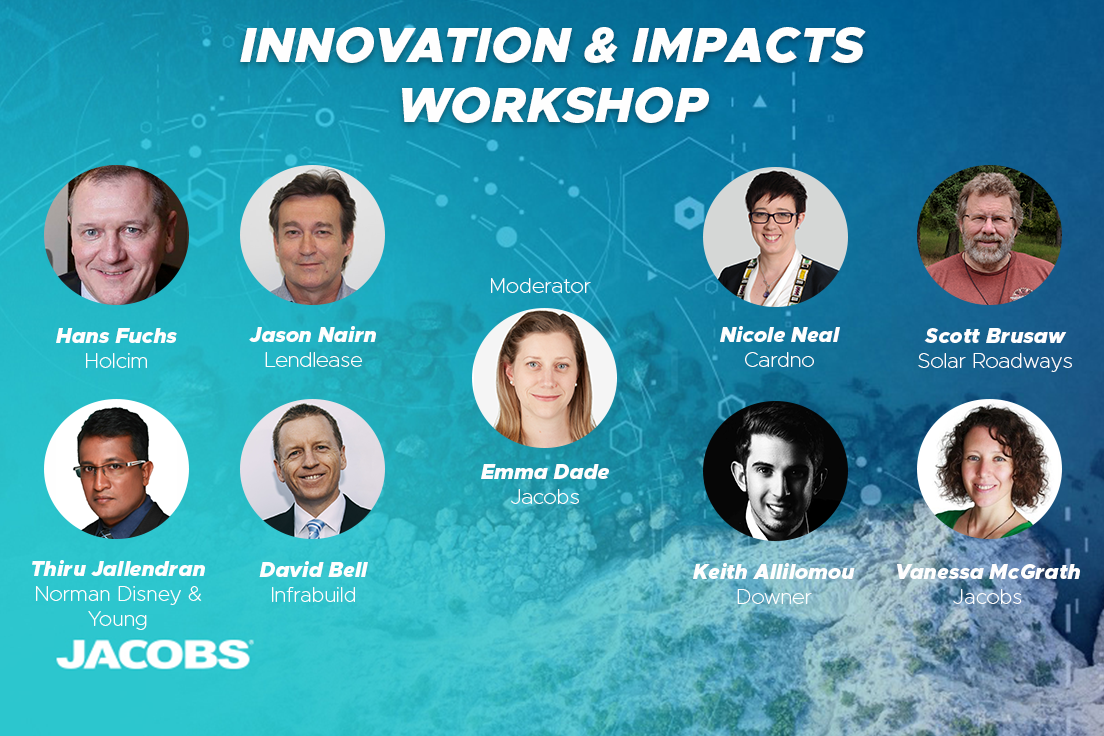
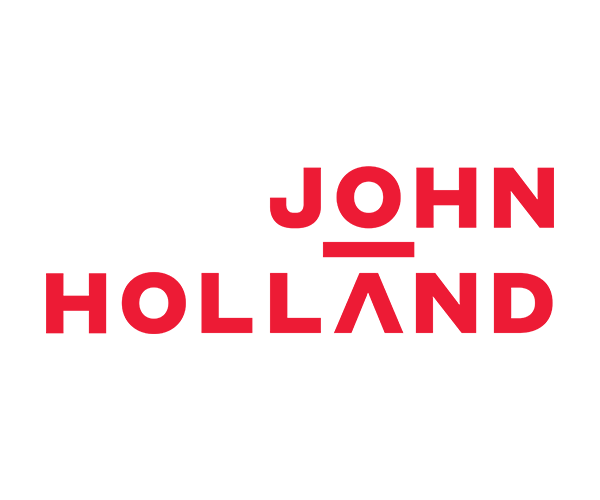
.jpg.aspx?width=500&height=609)
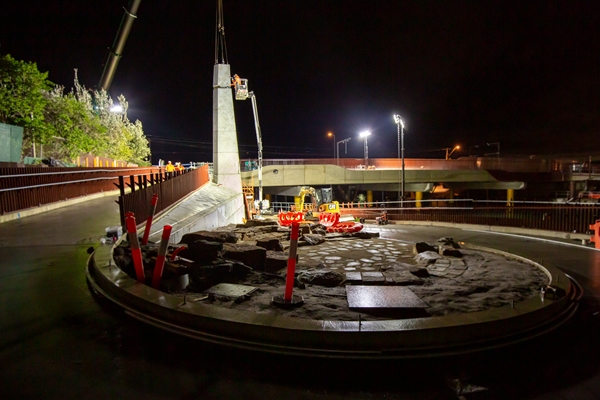
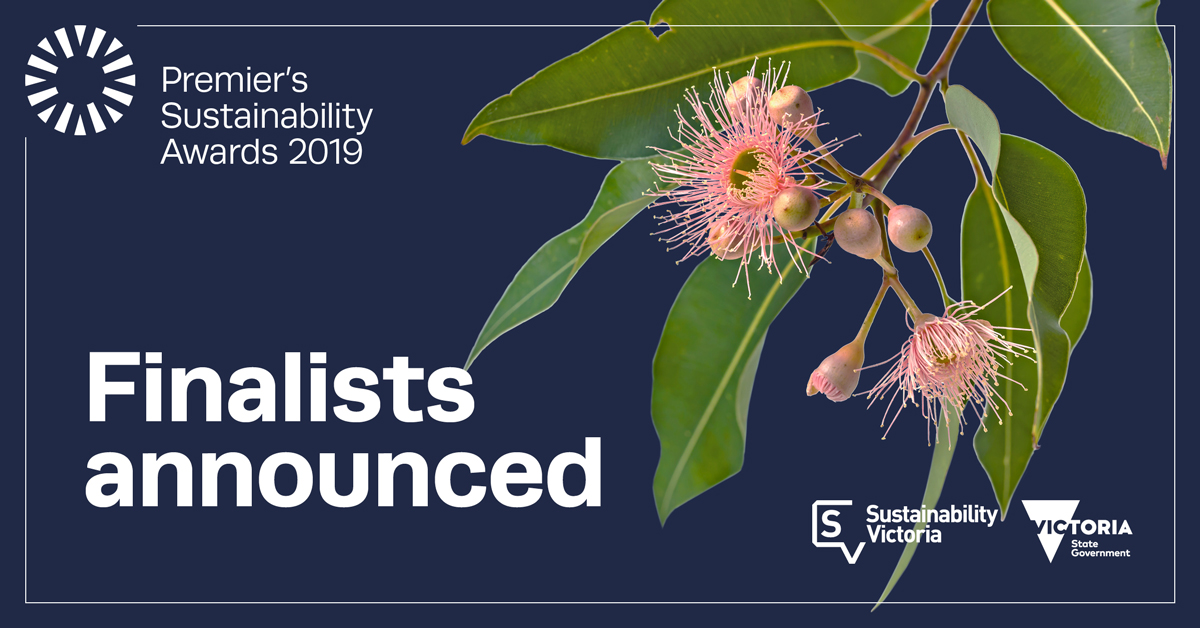

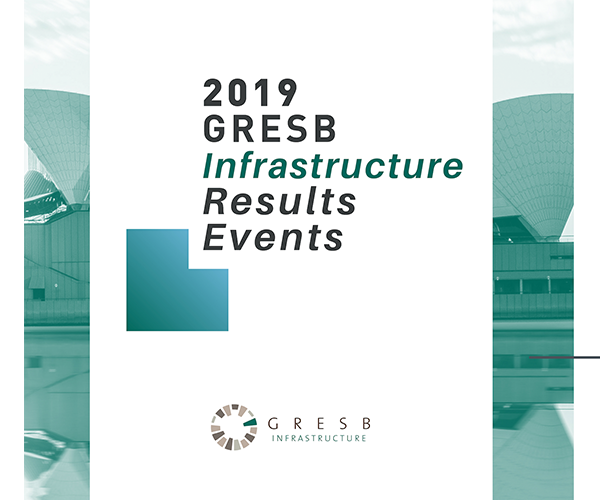
.png.aspx?width=900&height=449)